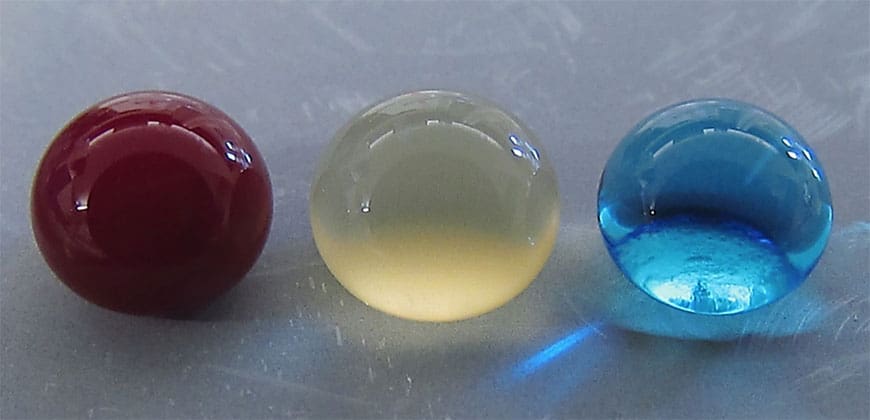The material, which is extremely repellent to blood, could form the basis for surgical implants with lower risk of rejection by the body.

The work, published in Advanced Healthcare Materials, is a collaboration between the Colorado State University labs of Arun Kota, assistant professor of mechanical engineering and biomedical engineering; and Ketul Popat, associate professor in the same departments.
Starting with sheets of titanium, their labs grew chemically altered surfaces that act as barriers between the titanium and blood. Their teams then conducted experiments showing very low levels of platelet adhesion, a biological process that leads to blood clotting and eventual rejection of a foreign material.
A material phobic to blood might seem counterintuitive, the researchers said, as often biomedical scientists use materials philic to blood to make them biologically compatible.
"What we are doing is the exact opposite," Kota said in a statement. "We are taking a material that blood hates to come in contact with, in order to make it compatible with blood." The key innovation is that the surface is so repellent, that blood is tricked into believing there's virtually no foreign material there at all.
The undesirable interaction of blood with foreign materials is an ongoing problem in medical research, Popat said. Over time, stents can form clots, obstructions, and lead to heart attacks or embolisms. Often patients need blood-thinning medications for the rest of their lives, and the drugs aren't foolproof.
"The reason blood clots is because it finds cells in the blood to go to and attach," Popat said. "Normally, blood flows in vessels. If we can design materials where blood barely contacts the surface, there is virtually no chance of clotting, which is a coordinated set of events. Here, we're targeting the prevention of the first set of events."
The researchers analysed variations of titanium surfaces, including different textures and chemistries, and they compared the extent of platelet adhesion and activation. Fluorinated nanotubes are said to have offered the best protection against clotting, and they plan to conduct follow-up experiments.
Growing a surface and testing it in the lab is only the beginning, the researchers said. They want to continue examining other clotting factors, and eventually, to test real medical devices.
The paper - Hemocompatibility of Superhemophobic Titania Surfaces – can be found here.





Glasgow trial explores AR cues for autonomous road safety
They've ploughed into a few vulnerable road users in the past. Making that less likely will make it spectacularly easy to stop the traffic for...